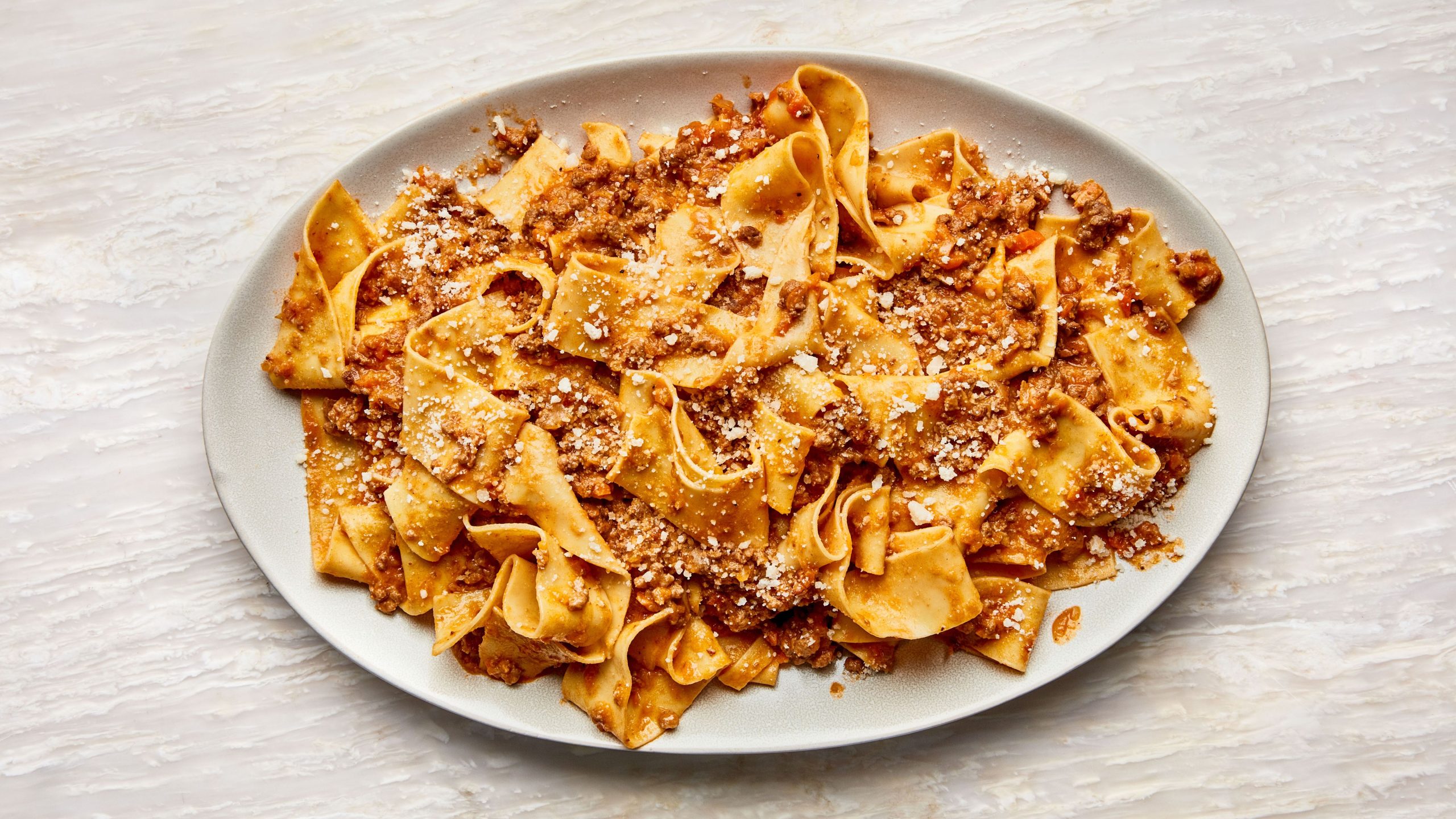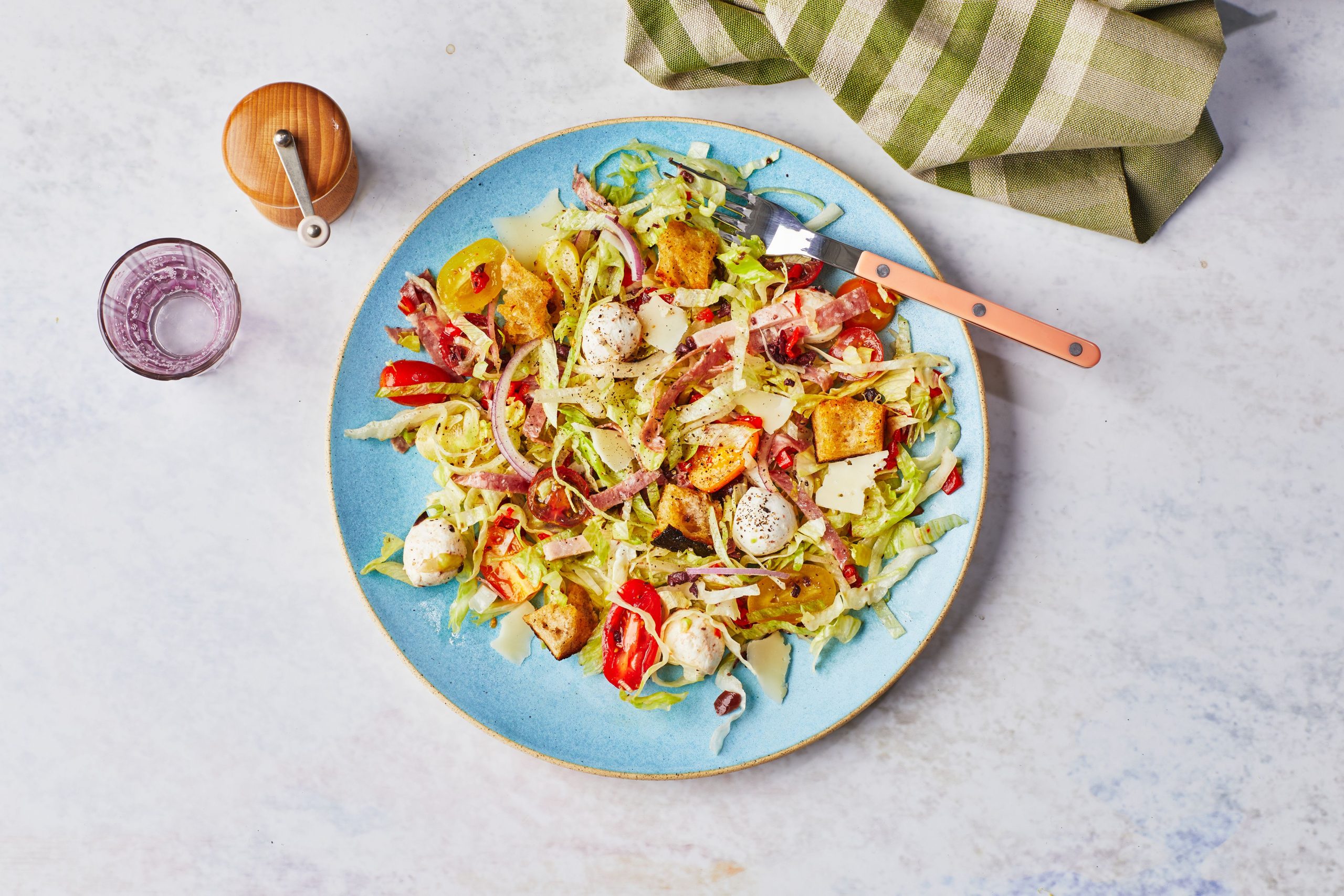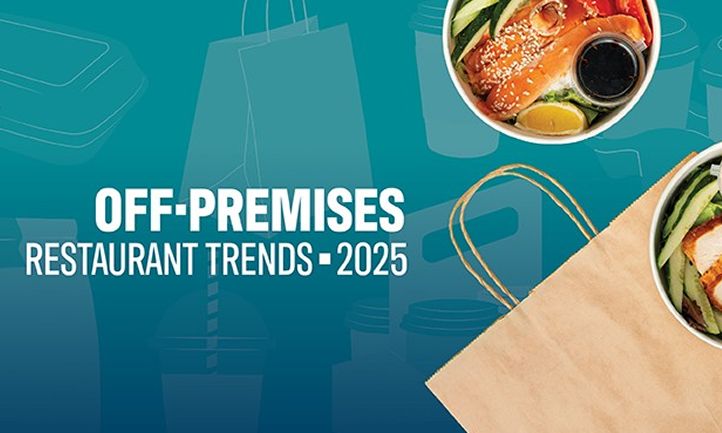Now Reading: How a Master Italian Chef Makes Ragù
-
01
How a Master Italian Chef Makes Ragù
How a Master Italian Chef Makes Ragù

Our editors independently select all products. If you decide to purchase something, we may earn an affiliate commission.
Thinking I was familiar with ragù, thanks to my dad’s interpretation of Marcella Hazan’s recipe from The Essential Classics of Italian Cooking, I had developed various versions over the years. From a beefy one for lasagna to a pork one suitable for weeknights, and even a mushroom variation. However, after witnessing chef Stefano Secchi’s fresh take on the dish at Massara, a temple to Emilia-Romagna cuisine, I found myself reevaluating everything. Despite its lengthy 10-hour cooking time, his rendition was vibrant and revitalizing, broadening my ragù horizon. Here’s what I discovered:
– Ground meat is not the only choice: Secchi combines pork sausage and ground prosciutto to achieve rich flavor depth from the start.
– Brown the meat thoroughly: Using a fish weight to increase surface area leads to a deep sear, enhancing the taste.
– Don’t overcook the meat before braising: Leaving the center rare retains moisture and flavor.
– Break up the meat intentionally: Beating the seared mixture results in a smoother sauce.
– Blend your soffritto: A puréed mixture of vegetables eliminates the need for precise chopping.
– Let it cook for hours: The longer the ragù simmers, the more complex the flavors become.
– Use more parmigiano: Additional cheese, olive oil, and pasta cooking liquid enhance the dish’s final glaze.
If you’re eager to make pasta right away after reading this, consider trying a classic ragù Bolognese or a lighter, quicker version. For a vegetarian option, experiment with a mushroom ragù recipe. Following these steps will elevate your ragù cooking skills.






